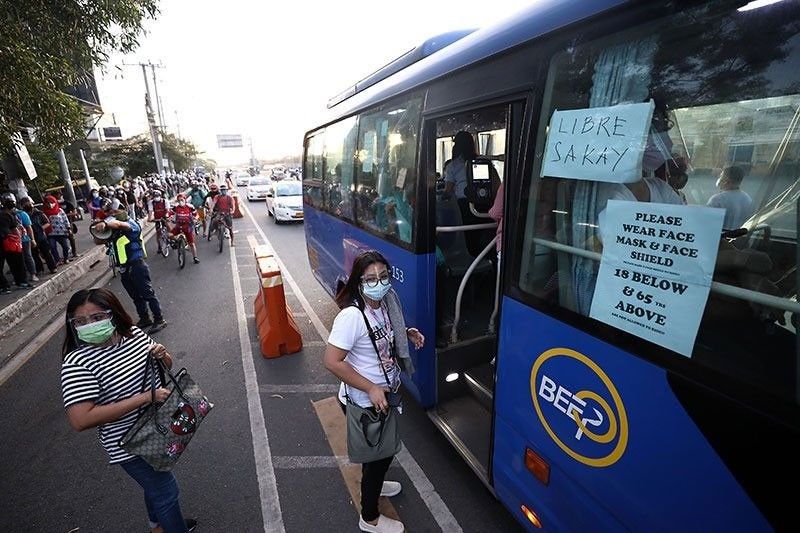Understanding the Duty of Transportation Advertising in Enhancing Brand Exposure and Consumer Involvement
Transportation marketing has actually become a pivotal component in the advertising landscape, supplying special chances for brand names to raise their exposure and engage customers successfully. With the ability to get to a varied and restricted target market throughout their day-to-day commutes, these advertising and marketing techniques are not merely about exposure; they have to do with creating significant connections with prospective consumers. As we discover the multifaceted benefits and ingenious methods within transportation advertising, it becomes vital to take into consideration how these components collectively affect consumer understanding and behavior, increasing concerns regarding their long-term effect on brand loyalty.
Meaning of Transportation Marketing
Transit advertising describes the technique of advertising products, services, or brand names with ads placed around public transport systems. This kind of marketing includes a variety of positionings, consisting of posters on buses and trains, digital displays at transit terminals, and covers on the outside of lorries. It intends to reach a varied target market, taking advantage of on the high foot traffic connected with public transit.
Transportation marketing is strategically placed to catch the attention of travelers, that typically invest significant time traveling or waiting. By incorporating advertisements right into the daily routines of people, brands can develop a lasting impact and foster brand name acknowledgment. The tool is particularly effective in urban environments, where public transport is a main mode of traveling.
Furthermore, transit advertising can promote local targeting, allowing services to reach details demographics based on transit paths and terminal areas. As metropolitan populaces grow and making use of public transportation boosts, this advertising and marketing approach has obtained prominence as a crucial part of integrated advertising approaches. The vibrant nature of transit marketing, incorporated with its ability to engage customers in a restricted atmosphere, underscores its importance in modern advertising and marketing practices.
Benefits of Transit Marketing
The efficiency of transportation advertising lies in its capability to provide a plethora of benefits to brand names looking for to enhance visibility and engagement. One of the main advantages is the extensive reach it offers; transit ads can successfully target varied demographics throughout urban areas, reaching both travelers and pedestrians alike. This wide direct exposure dramatically enhances brand name recognition.
Another benefit is the high frequency of impressions. As transportation lorries take a trip along well-known routes and stop at numerous areas, they develop repeated exposure that enhances brand name messages. This regularity cultivates experience, which is critical in customer decision-making.
Transit marketing is additionally cost-efficient contrasted to other media platforms. Offered its large reach and capacity for high perceptions, brand names usually experience a reduced expense per thousand impressions (CPM), optimizing their marketing budget.
Additionally, transit ads can develop a sense of community link. By lining up with local transportation systems, brands can reverberate with local target markets and promote a feeling of regional satisfaction. This localized approach boosts brand commitment and interaction, making transit advertising and marketing an engaging choice for businesses intending to solidify their existence out there.

Reliable Methods for Transit Projects
To make the most of the influence of transit projects, brands must leverage calculated planning and execution customized to their target audience. First, recognizing the demographic features of the audience utilizing public transportation is essential. This permits brand names to create individualized messaging that reverberates with potential clients.
Following, selecting the ideal transportation tools is necessary. Whether using bus covers, subway posters, or digital displays, each tool has one-of-a-kind advantages that can improve presence. For example, dynamic visuals on important source bus wraps can stand out, while electronic ads can be updated often to mirror prompt promotions.
Furthermore, incorporating a cohesive branding method throughout transportation systems ensures consistency and enhances the brand name's identification. Utilizing unforgettable taglines and distinctive layouts will certainly enhance brand recall amongst travelers.
Finally, timing is a vital variable in executing effective transportation projects. Launching campaigns during peak travel hours or local occasions can significantly increase presence and involvement. By using these see this website strategies, brand names can properly harness the possibility of transportation marketing, cultivating better recognition and link with their target audience. Ultimately, a well-executed transit project can drive significant growth in brand presence and customer interaction.

Measuring Influence and Involvement
In evaluating the efficiency of transportation advertising and marketing projects, exact measurement of influence and interaction is vital for brands looking for to optimize their advertising and marketing approaches. Metrics such as reach, frequency, and perceptions provide fundamental data to analyze exposure. Assessing these aspects helps identify how lots of potential clients are revealed to the ads throughout their daily commutes.
Involvement can be more assessed via consumer communications, such as website traffic, social media sites discusses, and straight feedbacks to calls-to-action featured in the ads. Making use of tools like QR codes or special Links can facilitate monitoring of customer actions directly linked to transportation projects. Surveys and feedback systems additionally serve as important methods to gather qualitative information on customer perceptions and recall of the advertisement.
In addition, progressed analytics and attribution designs can correlate transportation direct exposure with succeeding buying behavior, using understandings right into the roi. By utilizing a detailed strategy Read Full Article that combines quantitative and qualitative steps, brand names can establish a nuanced understanding of their transportation advertising and marketing influence. Inevitably, this data-driven strategy enables brands to fine-tune their projects, ensuring they resonate successfully with target market and improve general brand exposure.
Case Research Studies of Successful Campaigns
Successful transit advertising projects act as engaging instances of exactly how efficient approaches can elevate brand presence and involvement. Transit Advertising Philippines. One significant situation is the "I Love New York" project, which transformed the city's image and attracted numerous vacationers. By using subway advertisements, signboards, and bus covers, the campaign created a solid, cohesive brand identification, causing a considerable uptick in tourism and neighborhood company patronage
Another excellent campaign is Coca-Cola's "Share a Coke" initiative, which leveraged transportation marketing to customize the brand name experience. By including popular names on promotional products across numerous transportation platforms, Coca-Cola promoted a deeper psychological connection with customers, motivating them to share their experiences on social media.
In addition, the "Got Milk?" campaign properly used mass transit advertisements to reach a broad target market, reinforcing the message of the relevance of milk in a balanced diet regimen. The campaign saw a quantifiable increase in milk usage in target demographics.
These case researches illustrate that when implemented thoughtfully, transportation marketing can considerably boost brand presence, foster consumer involvement, and drive measurable outcomes, demonstrating its crucial role in modern-day marketing methods. - Transit Advertising Philippines
Conclusion
To conclude, transit marketing acts as a vital tool for improving brand name presence and cultivating consumer interaction. By utilizing purposefully put ads within mass transit systems, brands can successfully get to varied target markets and enhance recognition with regular direct exposure. The implementation of targeted messaging and ingenious methods better amplifies the impact of transit campaigns. Inevitably, the ability to determine interaction and examine effective study emphasizes the performance of transportation advertising in driving brand loyalty and customer communications.
Transportation advertising and marketing has actually emerged as a pivotal component in the advertising and marketing landscape, using unique opportunities for brand names to raise their visibility and involve customers efficiently.Additionally, transportation marketing can promote local targeting, enabling businesses to get to particular demographics based on transit courses and station areas.In examining the efficiency of transportation marketing campaigns, exact measurement of influence and interaction is important for brand names looking for to maximize their marketing methods.Successful transportation marketing campaigns offer as engaging instances of how reliable strategies can boost brand exposure and engagement.In final thought, transit marketing offers as an important device for enhancing brand name presence and promoting customer engagement.